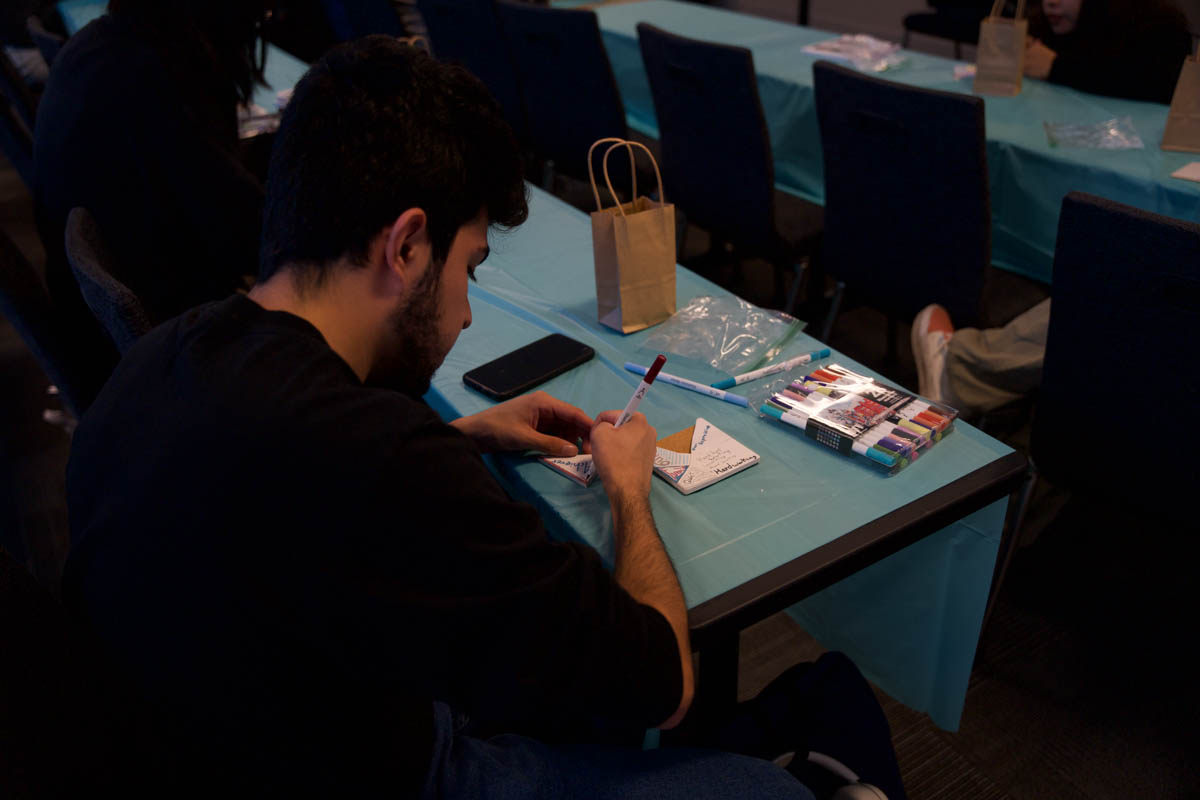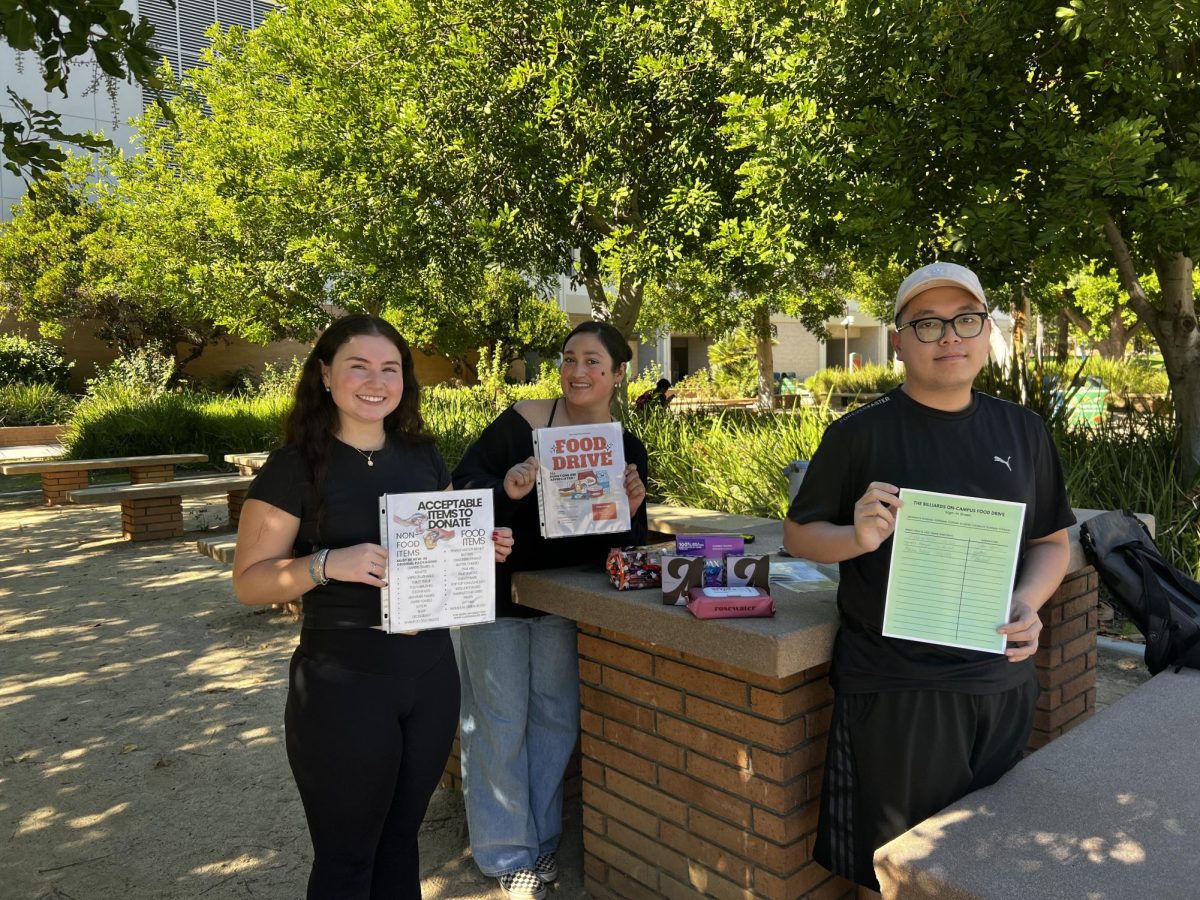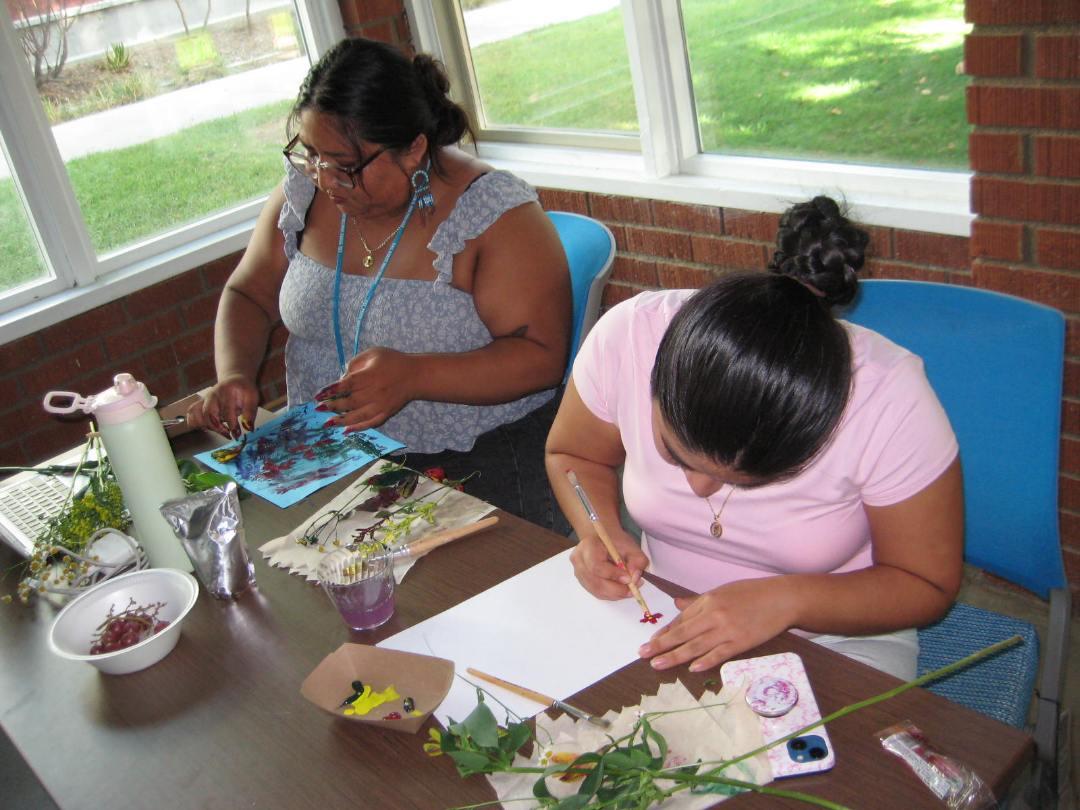For students lost among the responsibilities of acquiring an education, mental well-being may not seem a priority when compared to receiving a diploma.
But in fact, college campuses are filled with high level stressors combined with a demanding environment, begging students to keep mental health at the forefront of their affairs.
Maintaining optimal mental health
Mental health professionals agree that maintaining optimal mental health lies with the individual’s ability to regulate emotions efficiently.
This can be accomplished through counseling, meditation, yoga, getting enough sleep, eating a healthy diet or just talking about the problem with friends.
“I just get in a space, away from friends and family, because they distract me,” said Kimberly Atkins, a freshman criminal justice major. “Recently, I had to study for a test. I went to a friend’s house. So I was there, doing my work, and I actually got a good grade.”
However, adopting daily habits conducive to mental health are easier spoken about than done, said Mark Stevens, director of University Counseling Services at CSUN.
For example, Stevens has seen first-hand, as a professional psychologist at CSUN, how lack of sleep can negatively affect the mental health of a student. According to Stevens, some of that lack of sleep can come from a student’s addiction to social media.
“I’ve certainly talked to enough students where they want to go to bed at a certain time and they know they should go to sleep at a certain time,” Stevens said. “But they seem like they can’t get off the Facebook, or can’t get off the Instagram, or can’t get off the video game.”
Stevens said pleasure that comes over use of the social media, takes precedence over getting adequate sleep.
“I have class from 9:30 to 12:15, and then I go home and sleep,” said Ngan La, a freshman student. “I take a nap and wake up in three hours, and then I study. Sleep is so important.”
Students today are facing different challenges from students of the 1960s and 1970s, Stevens said. During that time, college was cheaper and guaranteed students a ticket to a lucrative career. Today, students are under even more pressure to attend school and be successful, face higher debt upon graduating and an uncertain job market and economy.
“I do see that students are under more stress,” said Alison Freeman, a staff psychologist at University Counseling Services, who specializes in working with hard-of-hearing students.
In her time as a psychologist at CSUN, Freeman has treated students dealing with social anxiety, anxiety about grades, panic over examinations or deadlines, relationship issues, and lack of time management.
“A lot of it is work related, stress related, family related,” said Andrea Elzy, University Counseling Services peer coordinator, who oversees CSUN’s health and wellness initiatives, including the BLUES Project, Project D.A.T.E. and JADE.
“Depression and anxiety tend to be the larger overarching issues,” Elzy said.
Students also face pressure from family to succeed, especially if they are first-generation college students.
“Students get so focused on the stress of what’s going on in the classroom, they sometimes neglect other parts of their lives,” Freeman said. “What we really try to do is have students look at how are they balancing their lives to support their academic studies.”
Alex Beltran, a freshman student, plays games to relieve stress. Depending on his stress level, Beltran will play chess or an action game.
“After playing, I feel a lot better,” he said. “I feel relaxed, kind of, in a way.”
Students should also be mindful of what therapies work and don’t work for them, said Freeman.
This is where counseling comes in.
“Part of the process of what counseling is about increasing your self-awareness,” Freeman said. “We are all very strong proponents of lifestyle adaptations, in additional to talk therapy. I see counseling as a way to learn about yourself rather than trying to fix problems.”
For students facing stressful situations, a game plan is required to take care of the body and the mind in order to reduce mental stress. To meet this goal, students can create rituals around relaxation, such as turning off cell phones and other devices, talking to people, or even going out and viewing nature.
“Students can learn cognitive types of reframing of situations so that they can see the situation differently, or feel the situation differently,” Stevens said. “That’s when counselors can help students regulate their emotions.”
By the numbers
CSUN is no stranger to worldwide suicide statistics, according to a report released two weeks ago in a United Nations World Health Organization.
While the 92-page document does not specifically tally the number of students who have committed or attempted suicide worldwide, it does target the age range into which most CSUN students fall.
Suicide is most prevalent in people ages 15 to 29, and is the second leading cause of death globally. And for every suicide there are many more people who attempt suicide every year.
The document reveals that over 800,000 people around the world die from suicide each year. Every 40 seconds, a person dies by suicide somewhere in the world; many more attempt it.
In 2012, suicide accounted for 1.4 percent of all deaths worldwide. Young adults ages 15 to 29 accounted for 8.5 percent of all suicide deaths and was ranked second (after traffic accidents).
Suicide accounts for 4.1 percent of all deaths for adults ages 30 to 49 years, and is ranked as the fifth leading cause of death.
In 1984 and 1985, two CSUN students took their own lives a mere 14 months apart by jumping off the Sierra Tower. Those incidents prompted CSUN officials to close off the breezeways atop of the tower.
A story in the Feb. 4, 1987 edition of the Daily Sundial reported on the murder/suicide committed by a CSUN student. Computer science professor Djamshid Asgari was shot and killed shortly after an evening class had ended. The student was apparently distraught over a bad grade Asgari had given him, putting at risk his continuation in the master’s program.
In 2009, 59-year-old CSUN English professor Gloria Gross committed suicide in her Granada Hills Home.
CSUN faced the sting of suicide yet again after a student attempted to take her own life in Juniper Hall on Nov. 8, 2012. She later succumbed to her injuries.
“Suicide attempts often occur at the end of a fairly long road for people,” said Marshall Bloom, CSUN University Counseling Services staff psychologist and former director of the BLUES Project. “Occasionally, they can be more impulsive, and they can seem to occur from nowhere. But in most instances, that’s not the case. In most instances, people give warning signs of varying kinds.”
Warning signs could include anything such as withdrawal from family and friends, hunched shoulders, declining academic performance, or expressing thoughts about giving up.
At its most basic level, suicide can be the result of not dealing well with depression. Other mental health diagnoses may also be involved, Bloom said.
If a mental health condition goes untreated, it might lead a person to end their life, he said.
“Depression is something that is really important to deal with because it’s something that can be dealt with effectively,” Bloom said. “It also can lead to preventing someone to getting into a suicidal place.”
According to Bloom, in recent years, there has been a slight increment in suicidal ideation and thoughts of committing suicide on college campuses. There has also been an increase in depression on college campuses.
“Our students are feeling a rollercoaster of emotions,” Stevens said. “Something can happen, and it can bring them really down. And something can happen and can bring them up.”
Resources
Cal State Northridge’s Counseling Services’ headquarters on the fifth floor of Bayramian Hall is considered the epicenter for mental health assistance on campus.
At any given time, up to 18 full-time counselors, including part-time counselors and one psychiatrist, are available to see students. The center offers services ranging from outreach workshops, group counseling, individual counseling, couples counseling, psychiatric consultation and urgent care assistance.
“If you’re feeling any sense of discomfort, come in,” Freeman said. “The sooner you get in, the faster you can get out.”
Over the last few years, University Counseling Services has developed a myriad of free resources to assist students, should they find themselves in an emotional or mental crisis. These include peer education programs like the Red Folder Project, the BLUES Project, and listings for the suicide prevention hotline and CSUN Helpline, among others.
In service since about the 1970s, the CSUN Helpline is available during evening hours, and connects callers with a volunteer who will intervene during a crisis and offer support and referral services, if necessary. The helpline also serves the San Fernando Valley community.
“They are available to people to help them,” Bloom said. “We want students to be aware as much as possible.”
University Counseling Services has also developed resources to assist faculty and staff in identifying warning signs in students that, left unchecked, could result in the student potentially hurting themselves.
The Red Folder Project is a service of the overall California State University system, and offers a guide on how to identify at-risk students.
“I think we will learn more as we roll it out,” said William Watkins, CSUN vice president for student affairs, in a telephone interview. “It’s already in the hands of faculty and staff.”
Inside, a step-by-step guide takes peers through what protocol to take should they encounter a disruptive or distressed student. It also offers resources and tips on how to engage a student and talk about their distress.
Active for the last 30 years, the BLUES Project at CSUN, strives for large scale psychoeducation. It functions as an official Associated Students sanctioned student organization and academic unit.
Trained non-clinical student volunteers lead presentations on a variety of topics, including depression, bipolar disorder, warning signs and symptoms, and how to help a friend should they be in crisis.
“It gives you a context as to how to engage with that student,” Elzy said.
Students also become volunteers via registration in PSYCH 497C.
Every student who applies to volunteer for BLUES undergoes a rigorous recruitment process, said Elzy. Only about 20 students out of an estimated 100 who apply are selected.
The successful candidates then undergo a full training curriculum.
The focus of the BLUES Project is to take mental health services out of the fifth floor and into the wider CSUN campus via outreach, Elzy said.
“How are we bringing depression and suicide prevention and taking it outside of the fifth floor and making it part of the campus discourse?” Elzy said. “Because people don’t want to talk about depression or suicide, because the stigma is about this high.”
BLUES Project attempts to lessen the stigma of suicide and encourages students to talk openly via events such as the first “Welcome to Wellness Day,” an introduction to wellness for the entire CSUN campus being held today.
The event will offer the services of multiple wellness representatives across campus, and feature workshops on self-esteem, depression and anxiety management, and healthy eating, among others.
“A large part of this ‘Welcome to Wellness Day’ is to really create this buzz for the new Wellness Center that’s going to open next year,” Elzy said. “We’re really trying to get to a plateau. All of our efforts are really culminating to this awesome moment.”
Referred to as a “complementary piece” to the Student Resource Center by Kingson Leung, coordinator for Special Initiatives for the University Student Union, the new center, scheduled for completion in 2015, will feature relaxation rooms, private massage therapy and acupuncture rooms, and a lounge area.
“I think we are still a society that struggles to make mental health as something that is not stigmatized,” Watkins said. “We all try to sometimes explain away those facets of our life that don’t appear to be acceptable in society.”
Watkins attended school during a time when anyone who exhibited signs of depression or admitted to thoughts of suicide were potentially hospitalized, “locked up and removed from society,” he said.
“Beat the Blues Week” will be from Nov. 24 to 27. The annual event features 20 different programs designed to engage students in conversations without outright saying, “Let’s talk about depression,” Elzy said. “Because that’s a very quick way to get a student to run the opposite direction.”
The goal is to get students talking without making them feel uncomfortable, Elzy said.
“And then we get them up here,” she said, referring to the fifth floor. “It’s a way of humanizing their experience.”
For more information on University Counseling Services, the BLUES Project, Project D.A.T.E., or JADE, call (818) 677-2366 and press Option 1.
“The formula is meet students where they are,” Elzy said. “Be as visible as possible. Be as engaging as possible. And having the pulse of the students and our ears to the ground in everything that we do.”
Check out the rest of The Sundial’s Mental Health Issue in a special section here.










